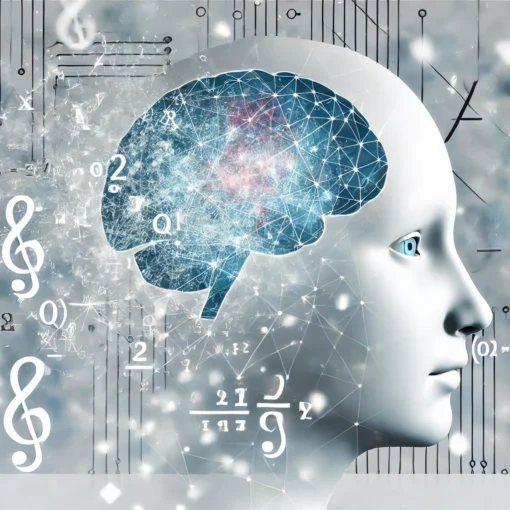Are we witnessing increased national and worldwide crises, or are the algorithms dictating our world by manipulating our perceptions?
If you haven’t read “Predicting the Apocalypse: Societal Responses to Historic Threats – Part 1” I outlined what I called “The Crisis Response Bell Curve” as it related to four main tragedies:
- The influenza outbreak in the early 1900s
- The Great Depression of the late 1920s and 30s
- The Cold War of the 1950s through the 80s
- The Y2K panic of the late 1990s.
While the bell curve applies to events that happened after the start of the new millennium to the present day, technology has increased and decreased times along the curve. Changes in the major search engines, as well as the creation of social media and, most importantly, the application of algorithms and AI, changed how we perceive the world, including crisis events. First, let’s talk about the code that changed the world – algorithms.
Search engines and social media.
In today’s digitally dominated world, the role of algorithms in shaping our online experience is undeniable. Tracing the evolution of these algorithms, especially in search engines and social media, reveals a fascinating journey of technological advancement and its profound impact on information access and social interaction. This timeline and synopsis offer a detailed view into how these algorithms evolved, starting from the rudimentary keyword-based systems of the early 1990s to the highly sophisticated, AI-driven technologies we see today. Understanding this progression not only sheds light on the technical milestones achieved but also helps us comprehend the broader implications these algorithms have on our daily lives and societal norms. Let’s delve into this remarkable journey, examining the pivotal moments and key developments that have shaped the digital landscape as we know it.
The timeline and synopsis of the use of algorithms in search engines and social media can be outlined as follows:
1. Early Development of Search Engines (the 1990s)
- Early 1990s: The first search engines, like Archie, Veronica, and Jughead, were basic tools for indexing and retrieving file names. They did not use sophisticated algorithms as we know them today.
- The mid-1990s: Web search engines like AltaVista and Yahoo! emerged. They primarily used keyword matching and basic algorithms for ranking results.
2. Google’s Rise and Algorithm Evolution (Late 1990s – 2000s)
- 1998: Google’s launch marked a significant advancement in search algorithms. Google’s PageRank algorithm used the number and quality of links to determine the importance of web pages.
- 2000s: Google continued to refine its algorithms, introducing updates like Florida, Panda, and Penguin, which focused on eliminating low-quality content and spam from search results.
3. Social Media Algorithms (2000s – 2010s)
- Early 2000s: Social media platforms like MySpace and LinkedIn used basic algorithms for user connections and content display.
- 2006-2009: Facebook and Twitter started implementing algorithms to manage the increasing volume of content. These algorithms prioritized content based on factors like user connections, interactions, and engagement.
4. Advanced Algorithm Integration (2010s – Present)
- 2010s: Both search engines and social media platforms started using more sophisticated algorithms. For search engines, this meant better semantic search capabilities (understanding user intent), while social media algorithms evolved to include personalized content feeds based on user behavior.
- Mid-2010s: Introduction of machine learning and AI in algorithms. Google’s RankBrain and Facebook’s DeepText are examples of AI integration for better understanding user queries and content.
5. Recent Trends and Ethical Considerations (2020s)
- 2020s: The focus shifted towards ethical implications, like privacy concerns and algorithmic bias. There’s an ongoing effort to make algorithms more transparent and fair.
- Present: Continuous refinement of algorithms for better accuracy, user experience, and ethical considerations is ongoing.
This timeline shows a general progression from basic keyword-based algorithms to sophisticated, AI-driven systems that understand user intent and preferences, with ongoing efforts to address ethical concerns.
Crisis events after Y2K: Examining four events from 2006 to 2009.
While there were numerous events that occurred from the start of the millennium to the writing of this article, I would like to focus on four and give a brief synopsis of each one. The point of the time is to coincide with the first algorithmic changes and how they (the algorithms) affected the crisis response bell curve.





